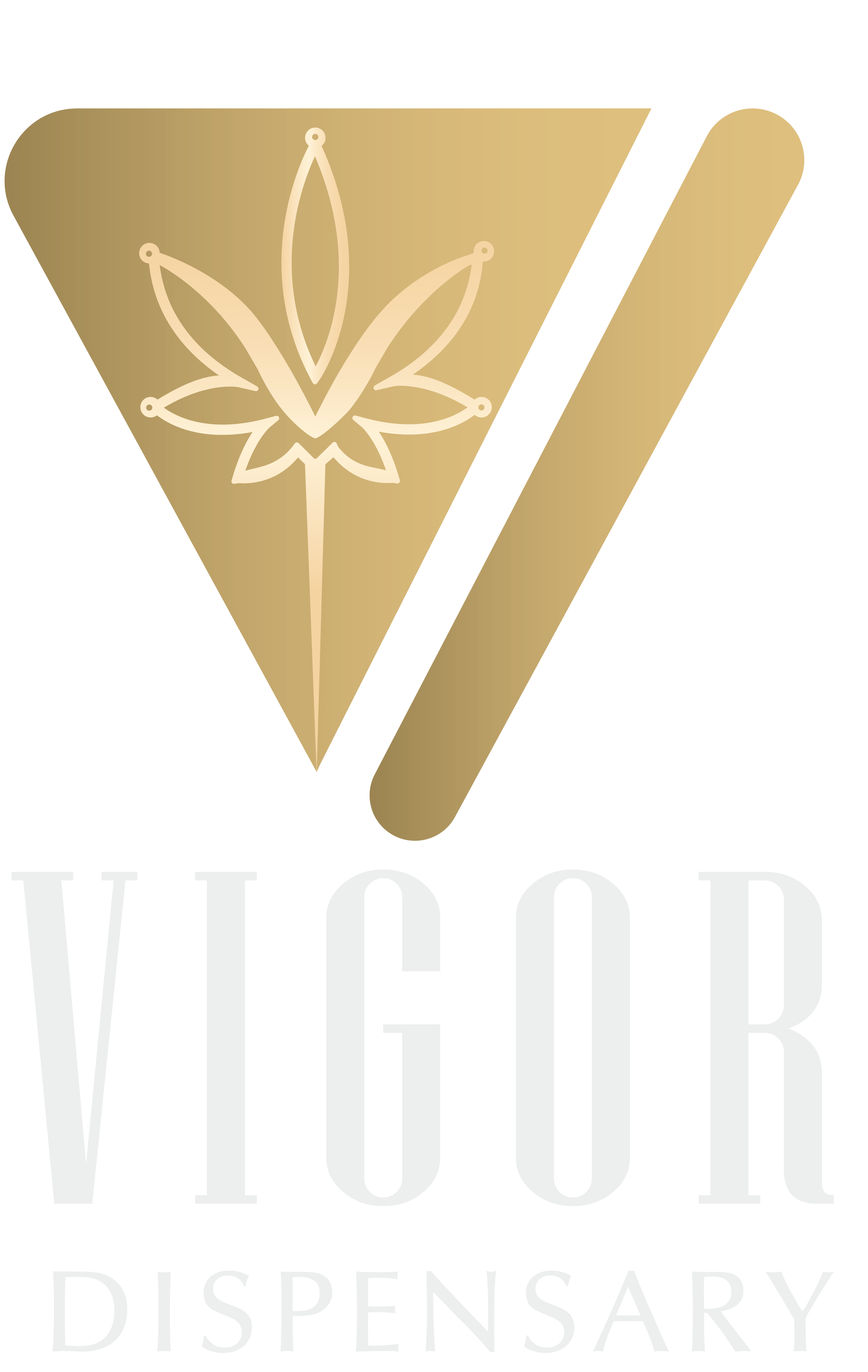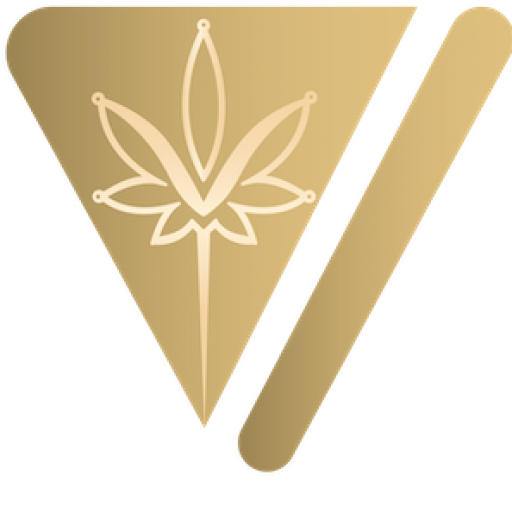
Perspectives
Health
By now, you’ve probably heard of cannabis being used as “medicine” in some capacity. So why is it that we don’t see it being dispensed in hospitals or at your local pharmacy?
On a federal level, cannabis is still a schedule I substance under the Controlled Substance Act of 1971. This means by legal definition, it’s recognized as having “no accepted medical value”!
This schedule I label makes cannabis incredibly difficult to research starting from the chemical makeup in a lab all the way up to large scale clinical trials that pharmaceutical drugs undergo in order to get to market.
Cannabis cannot be advertised to treat, cure, or prevent any medical conditions according to the FDA because of this designation. Yet, 38 states across the US participate in medical cannabis programs today and are actively helping patients ranging from severe debilitating medical conditions to simple insomnia.
In 2017, a landmark study by The National Academies of Sciences, Engineering, and Medicine was published determining there was strong evidence for the use of cannabis in patients with chronic pain, chemotherapy-induced nausea/vomiting, and multiple sclerosis spasticity symptoms. This is just the beginning of us discovering the full benefits of the plant.
In Pubmed, the most widely used search engine for citing clinical literature in the US, searching for “cannabis” yields over 29,000 results, while “oxycodone” comes up with less than 5,000.
Did you also know that since 2003, the United States Department of Health and Human Services (HHS) has owned patent no. 6,630,507 for cannabinoids (the pharmacologic ingredients produced by the cannabis plant) as antioxidants and neuroprotectants?
While we wait for healthcare science and policy to catch up with each other, the delineation of cannabis consumption between health and recreation is not monochrome, but a bright and beautiful spectrum.
Clinicians and prescribers are still navigating this newly emerging field of alternative medicine through holistic practices. Having unrestricted access to these products provides a unique opportunity for integrating cannabis into daily health and wellness routines.
Recreation
Cannabis in its most pure form is a plant that contains over 144 cannabinoids alongside complex molecules like terpenes and flavonoids that give its unique tastes and aromas.
D-9 Tetrahydrocannabinol (THC) is the most commonly discussed cannabinoid, but is just one singular part of the equation.
Like a perfectly harmonized symphony, the ability to consume cannabis and craft specific experiences involves a higher level of understanding of what you’re consuming and an intentional approach to your consumption methods and habits.
- Do you remember a time when somebody took one too many edibles after “not feeling anything” from the first one and it uncomfortably hit them all at once?
- Have you ever induced an anxiety attack or paranoia when ironically you started consuming cannabis to help with anxiety in the first place?
-
Do you regret spending too much money on some popcorn bud "mids" with fancy packaging because a fellow Redditor said it was
?
- Are your daily concentrate dabbing sessions causing your tolerance to go through the roof?
The primary benefits of participating in a legal, regulated industry are the certainties and standards that cultivators and processors are expected to uphold. Understanding how to interpret a certificate of analysis and accurately reading a packaging label allows you to confidently and repeatedly experience cannabis the way you want to.
All of us enjoy tailored, personalized experiences in life. From the food that we eat, the music we listen to, and the clothes that we wear, there’s nothing better than feeling comfortable in your own skin.
The process of figuring out which cultivars and products will “lock” you in the couch versus making you clean your entire house at 2AM can be seemingly difficult, but we’re here to guide you in the right direction.
The Bottom-up Approach
We are using a bottom-up approach to improve health outcomes and quality of life. Cannabis is truly a unique personalized product from basic preferred consumption method down to your granular pharmacogenomic make up. Understanding these 3 basic concepts will allow you to take a conscious, intentional approach to the safe integration of cannabis into daily lifestyles:
What product and dosage
form are you consuming?
How much are you
consuming in each session?
How often are you consuming
throughout the day?
Understanding the onset and duration (pharmacokinetics) of the products you’re consuming will be the starting point to achieving targeted goals without impacting normal daily activities. Join our newsletter below to learn more tips/tricks for conscious consumption.

